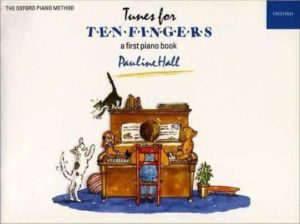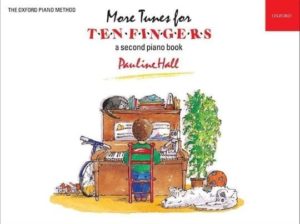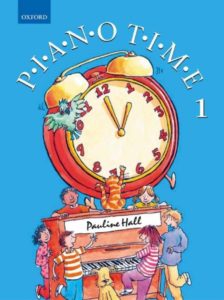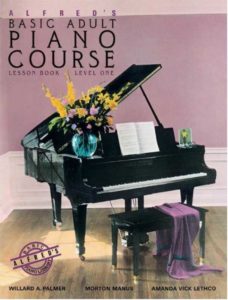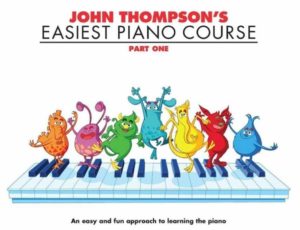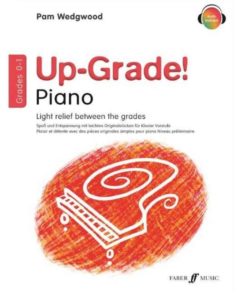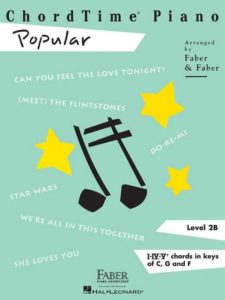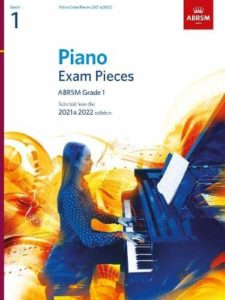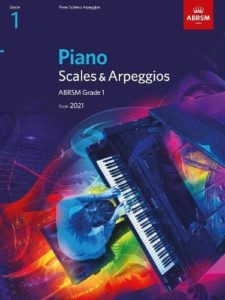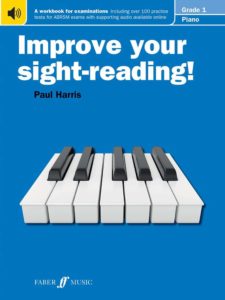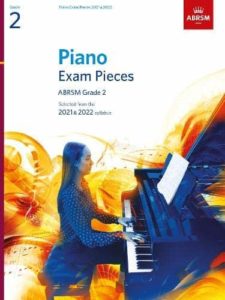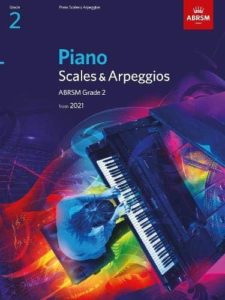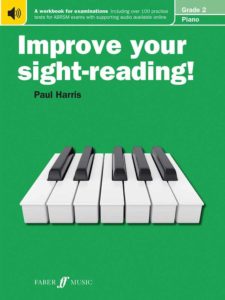Select Your Instrument and level
Piano books
(beginners)
The best educational books in one place
We have years of experience using and testing educational books for a range of instruments. We only recommend books that we have used ourselves and that we can confidently vouch for.
All the best books out there have been collected here for you so that you don’t have to search for hours on end to find good material.
This page is constantly updated when we discover new treasures and to include the latest releases from ABRSM’s graded exams.
We have done our best to provide accurate and up-to-date information on each individual product below. Please note that there are more options for learning the required syllabus than we have included on this page. We have included books that we personally recommend. If there is something regarding the exams or syllabus you’re not sure about, please check ABRSM’s website. You can also contact us and we will do our best to advise you.
ABRSM now offers two different exams (scroll down to the bottom of this page for more info). They both give you equal amounts of UCAS points which can be used in university or college applications in the UK. Please note that it’s only grades 6-8 which can give you UCAS points.
The best books for complete beginners
Student age: 5 – 9 years old
In our opinion, this is one of the best piano books for young beginners who are just starting out.
This book makes it easy for children to understand the basics, and it progresses slowly so that they have time to digest the material. If the student is a quick learner, they might work through this book quite quickly. A good second book to move on to from this one is either More Tunes for Ten Fingers, or Piano Time 1. If the student is 7 years or older, you can consider starting with Piano Time 1 which progresses a lot quicker.
Student age: 6 – 9 years old
If the student has already been through Tunes for Ten Fingers, this is a great second book to move on to. It carries on from where the first book left off.
If the student has already finished Tunes for Ten Fingers and is not quite ready for Piano Time 1 yet, this is the perfect book to use as a stepping stone in between, giving them more fun pieces to keep them motivated.
Student age: 6 – 12 years old
This is our absolute favourite piano book for young beginners. It contains a lot of fun tunes, it has nice illustrations and gives the student a good understanding of basic music theory.
It starts at the very basics and progresses through several stages, giving the student material for several months. For some children, it progresses a little bit too fast towards the middle of the book, and they might need something else in between. More Tunes for Ten Fingers is a great book that fills that gap and gives them the right skills to embark on the second half of Piano Time 1.
If the child is 7 years or older, you may in some cases be able to use this as their first-ever piano book. Since the student is a bit older, they will most likely progress quicker and won’t need the slow progression that Tunes For Ten Fingers offers.
After finishing Piano Time 1, a good book to move on to is Piano Time 2. A good alternative is to start using Up-Grade!.
Student age: Adults or children 7+
Although this is primarily meant for adults, it is also one of the better piano books for young beginners. Some of the songs in this book require slightly bigger hands, which is why some young children might find them a bit difficult to play. Because of the stretches the hand has to make, it is clear that the author made this with adults in mind.
The good thing about this book is that it is based on chords and chord theory which is a very important concept in music.
Student age: 5 – 6 years old
One of the better piano books for young beginners. It’s not our personal favourite, but a lot of children find the illustrations and tunes really exciting. It contains some nice tunes like Old Mac Donald Had a Farm, Mary Had a Little Lamb and Yankee Doodle.
The font and music staves are quite large, making it easy for children to read the notes.
Student age: 7 – 12
Unlike most other books that we have suggested, this is not an educational book that teaches music theory as well as providing short pieces to play. Instead, it’s purely a book that contains nice pieces.
We had to include this book here because unlike many other books, all the pieces in it are really fun to play and they sound great.
This works as a great accompanying book once the student is halfway through Piano Time 1, or as a second piano book.
Student age: 7 – 12
This is another series of books that only contain pieces.
The books from this series are great as accompanying books to your main educational book. There is enough variety of styles and genre to choose from so that the student can pick something they like. Like Alfred’s Basic Adult Piano Course series, these books are based on chords which are essential to have an understanding of for any musician.
Everything you need for the ABRSM grade 1 exam
This book contains everything you need to prepare the scales and broken chords for your grade 1 exam.
Piano Specimen Sight-Reading Tests is a good alternative to sight-reading practise, but we prefer Improve Your Sight-Reading because it includes a whole lot more practise pieces that progress in difficulty. Sight-reading takes time to get good at, so more material is often needed.
All you need to prepare the aural part of the exam. This book includes two CDs. Practising aural skills is all about listening, so the CDs will be a huge help, especially if you want to practise in between lessons when your teacher is not there to play for you.
Aural Training in Practice is a good alternative if you want a bit more explanation and guidance.
Everything you need for the ABRSM grade 2 exam
This book contains everything you need to prepare the scales, arpeggios and broken chords for your grade 2 exam.
Piano Specimen Sight-Reading Tests is a good alternative to sight-reading practise, but we prefer Improve Your Sight-Reading because it includes a whole lot more practise pieces that progress in difficulty. Sight-reading takes time to get good at, so more material is often needed.
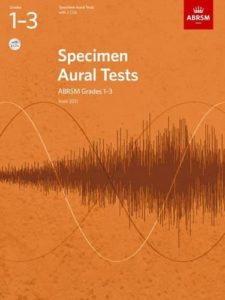
Specimen Aural Tests, ABRSM Grades 1-3 with 2 CDs
All you need to prepare the aural part of the exam. This book includes two CDs. Practising aural skills is all about listening, so the CDs will be a huge help, especially if you want to practise in between lessons when your teacher is not there to play for you.
Aural Training in Practice is a good alternative if you want a bit more explanation and guidance.
Info about ABRSM exams
This is the traditional exam form that ABRSM has been using for years. These exams consist of 3 pieces, scales and arpeggios, sight-reading and aural tests.
This is a new type of exam that ABRSM introduced in 2020. You only need to prepare 4 pieces for these exams – 3 pieces from ABRSM’s syllabus list and 1 additional piece that you source yourself. In these exams, there is more focus on the performance as a whole, and the choice of your pieces carry some weight towards the final mark.

